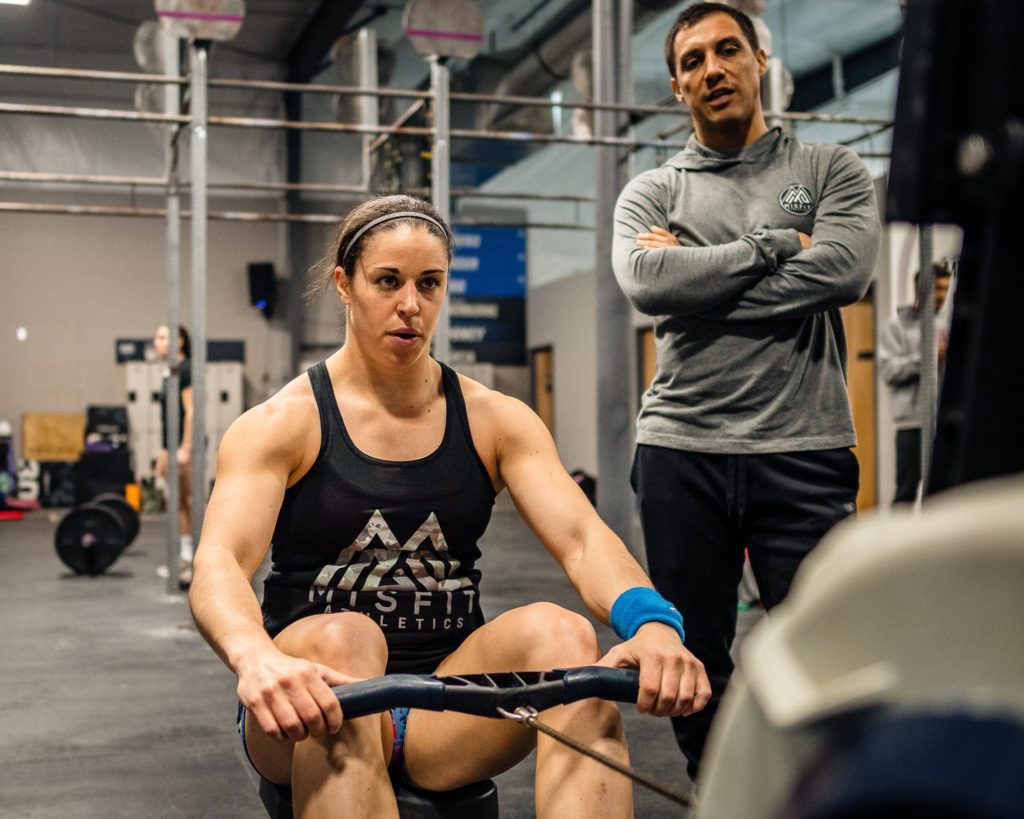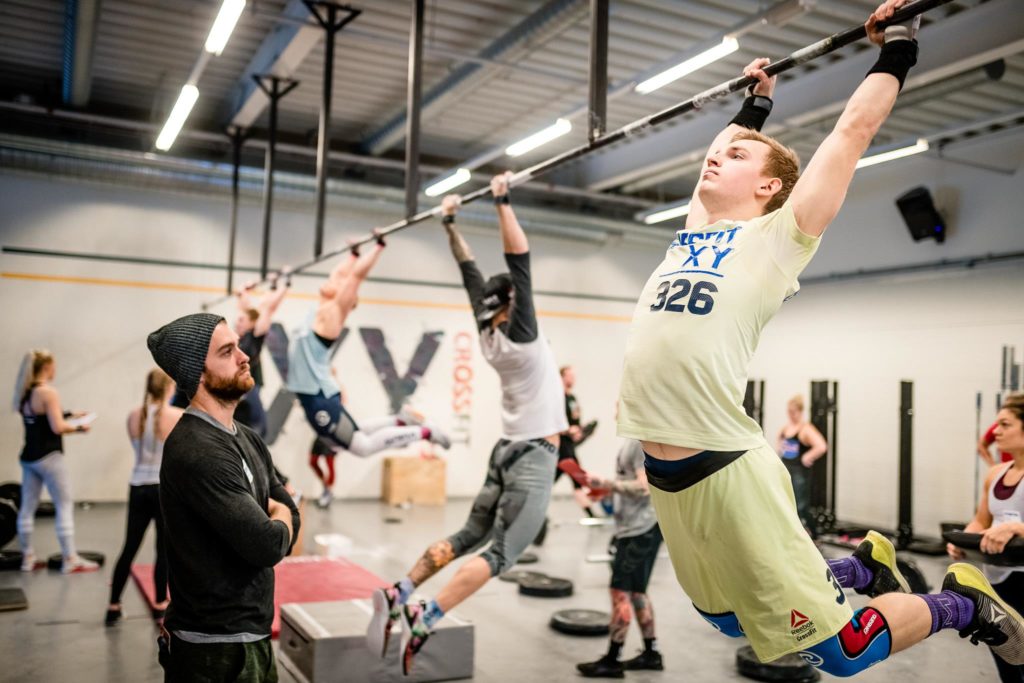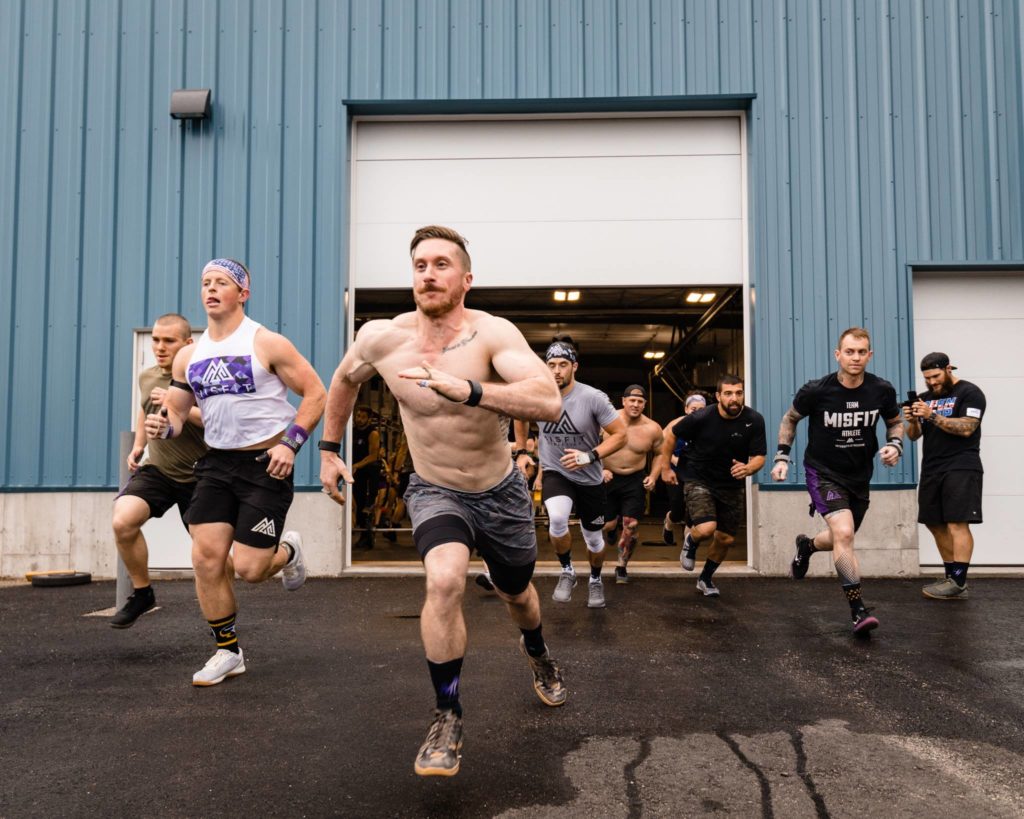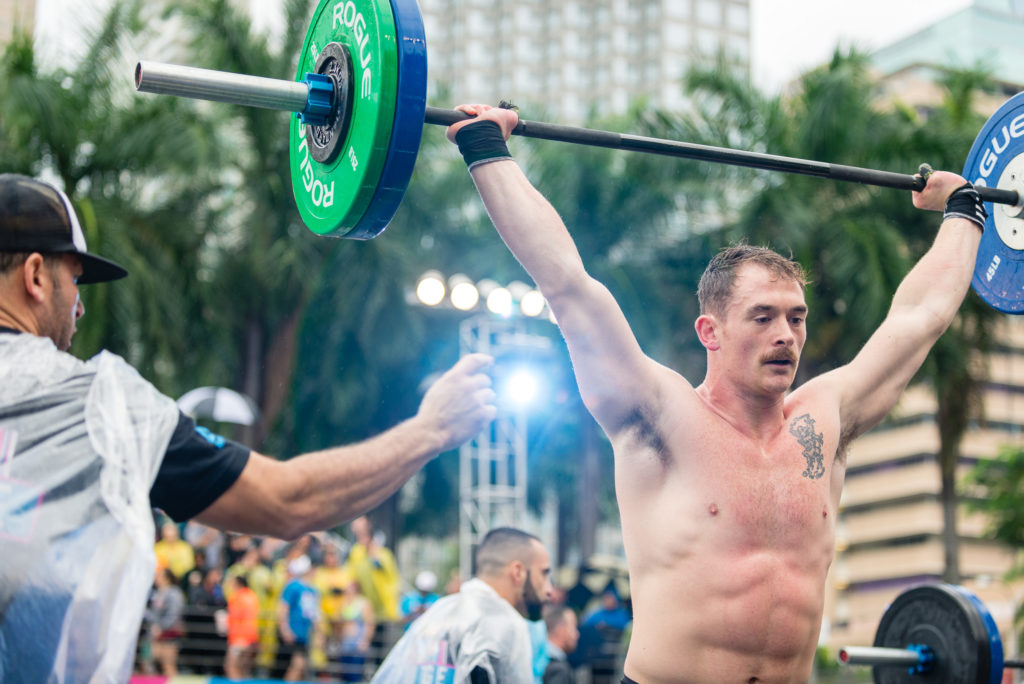The Misfit Athletics Stimulus Package


Sorry folks, no, we aren’t sending you all $2,000 checks for reading this article. In our defense, we HAVE sent you all more training days than you’ve received dollars in stimulus money. Just sayin’.
We need to talk about your stimulus. As I scroll through the Misfit Athletics Instagram story and see all of you kicking your own asses every day, I can’t help but wonder how much of the information we try to provide about our programming methodology successfully makes its way to the masses and gets applied. Getting the most out of your training requires more than simply doing the reps and workouts that are written. Today, we’re specifically talking about why understanding the desired stimulus of a workout, or “Feel” as we call it, is so important to making the most of our program. If you feel like every single training piece has you folded in half gasping for air, or feeling like your arms are going to fall off, you may be missing the mark with the intended stimulus of the workout.
“But coach, what’s wrong with feeling like I’m going to die once or twice a day? This is competitive CrossFit, isn’t that how I’m supposed to feel?”
To put it simply, no, it’s not. While everyone including me enjoys watching their training partner roll around on the ground in pain after a workout, doing that every day isn’t sustainable and has a limit to how much it can improve your fitness. When it comes to training, we need to have an understanding of the desired effect the workout is supposed to have in order to learn and grow. Then, when it comes to testing or performing in an event, that’s when you take the information and physical adaptations you’ve made and get to throw caution to the wind. We need you to understand that every training piece has a purpose and that over the course of a training phase you will have trained the major types of stimuli we have found to be relevant to a CrossFitter.

Terms and Definitions
First off, we need to establish some definitions. These definitions, along with additional information about our program methodology can be found HERE, but our 3 major stimuli and why they’re so important are explained below.
First is our Cardio/Conditioning stimulus. This may be the most important stimulus to understand because the ultimate goal is to make you fit enough that when it comes time to perform, you are fit enough to make every event or qualifier workout you do “cardio”. If you can do so, it means that you have built enough muscular stamina to never become so fatigued that your muscles fail you (Muscular Overload), and that your cardiovascular fitness is so high that you never have to stop because your lungs can’t keep up. Our definition for a Cardio stimulus is: the weights and rep schemes allow for continuous movement with the limiting factor being how hard you can push without having to stop. The workout allows for smooth unbroken movements and fast transitions.
Next is the Gas stimulus, where the workout is written intentionally to push your heart rate out of a comfortable range, forcing you to stop at some point due to cardiovascular overload. This is akin to feeling like you got the wind knocked out of you and have to regain your breath, sort of like the first time you did “Fran”. The Gas stimulus will usually have elements of Cardio and Muscular Overload, but the predominant stopping point is cardiovascular overload. We are able to induce this stimulus by writing workouts with weights and/or rep schemes that force you to break strategically or otherwise because your aerobic engine isn’t robust enough for you to keep your heart rate in check. The Gas stimulus is extremely important, but shouldn’t be mistaken for Cardio. If you find yourself gasping for air and having to completely stop moving when the workout is supposed to be a Cardio stimulus, you’ve likely taken on a workout where the loading is slightly too heavy or the reps are slightly too big for you to stay moving and maintain the desired intensity of the workout. Remember, improving your work capacity means you need to be doing work, and standing around gasping for air is exactly zero work.
Lastly is the Muscular Overload stimulus, where the workout is intentionally written to create extreme muscular fatigue and overloaded areas of musculature with specific movements and their reps/weights. This stimulus is critical because it not only forces you to examine your workout strategy carefully, but also provides you with data points about your capacity in certain movements. Open workout 19.3 is a great example, where a set of 50 Strict HSPU stopped most of us dead in our tracks with a movement and rep count that wasn’t possible to overcome with cardiovascular fitness alone. It required stamina (the ability of body systems to process, deliver, store, and utilize energy), which is also a function of your cardiovascular fitness (your body’s ability to gather, process, and deliver oxygen), and taught many of us very quickly exactly what our HSPU capacity is before it flat out failed.
Bringing these three stimuli back together, remember that our goal is to have such robust energy systems that no workout forces us to stop because we’re out of breath, nor because we simply cannot create enough muscular force to complete another rep. So does that mean that the Cardio stimulus is king? Not necessarily. All three stimuli complement each other in the same way all three of the body’s energy pathways complement each other. We just need to make sure we know enough about ourselves to look at a workout and determine what needs to change about it in order to meet the desired stimulus.

Action Steps
Now that we have an understanding of the three stimulus types and how they impact our overall fitness, we need to understand how to change and manipulate workouts to achieve the desired stimulus. The easiest way to do so is to look at an example workout, and then look at the extreme ends of the athlete spectrum. I’ve chosen Open workout 14.5/16.5 for a couple reasons, but for the purpose of this article let’s assume it’s just a normal training piece where the desired Feel is Cardio, and that instead of pushing athletes to do it as prescribed because it’s an Open workout, we want to examine how to achieve the stimulus we’re after.
For Time
21-18-15-12-9-6-3
Thrusters 95/65lbs
Burpees
On one end of the spectrum, let’s say we have a relatively inexperienced affiliate athlete – athletic enough to not get injured and physically able to do this workout as written, regardless of how long it takes. They would likely need to break up the first set of thrusters simply because the weight might be too heavy to allow for 21 unbroken reps, and would certainly be too much for more than a round. This workout would start as a Muscular Overload feel for most, and then quickly become a Gas feel when they dropped the barbell. To modify this to achieve a cardio stimulus for our inexperienced athlete, we would probably want to modify all the way down to something like an empty barbell and perhaps reduce the reps to enable the athlete to stay moving, per our definition of Cardio. Ok, I know, if you’re reading this article you’re probably not a raw beginner. Let’s do another example.
In the middle, we have a Hatchet athlete – reasonably experienced and looking to push into the performance side of CrossFit. Many of you reading this have done this workout, so you can think back to how you executed it and how it felt relative to our three stimuli. The Hatchet athlete may see this workout as an unbroken challenge but may need to take a decent break before picking the barbell up each round and seriously pace the burpees to stay consistent. The barbell weight isn’t necessarily “heavy”, but 84 thrusters and burpees will certainly get your heart rate up and out of control especially after you drop the barbell each round. For the Hatchet level athlete AND a desire to achieve a Cardio stimulus, something as simple as reducing the barbell weight to 75/55lbs may be just enough of a tweak to allow an athlete to send it and hold on for the 7 rounds of the workout. As athletes become fitter, the line between stimuli gets blurred, but if you’re on the fence about my scaling suggestion of a 75/55lb barbell, ask yourself “if I modified this workout and went as hard as I could for a total of 84 burpees and 84 thrusters at ANY weight, would it get me the desired stimulus?” The answer isn’t up for discussion – if you really sent it, it absolutely would.
On the far end of the spectrum, we have Mat Fraser, the fittest man in history. For Mat, this workout was a “cardio” stimulus and is more obvious if you re-watch Mat in the Fraser v. Froning v. Smith 2016 Open announcement. The weights are no concern and the duration and rep scheme wasn’t so extreme that he had to stop because he simply couldn’t breathe. This can be seen in the workout where he did the thrusters unbroken and only “stopped” to move forward to his next barbell. Froning has a similar stimulus, and Smith was visibly more “Gassed” because his attempt to stay with Fraser and Froning had him keeled over once or twice trying to catch his breath. This doesn’t mean the workout didn’t hurt, it just means that Fraser has developed his fitness so much that neither his cardiovascular engine nor any specific set of muscles failed him to the point of forcing him to stop moving.

Cardio is King
Sort of. Our last example of Fraser, Froning, and Smith provides a pretty interesting thought experiment to wrap up. I propose that to be the fittest on earth, you are able to execute the majority of events and tests in such a way that elicits a Cardio stimulus. This indicates that you have built such a robust cardiovascular engine that a workout rarely has you gasping for air and that you have enough muscular stamina that only the heaviest and highest volume of movements legitimately forces you to stop because you’ve hit muscular failure.
Now notice that I did not say that you have to only TRAIN the Cardio stimulus.
In order to achieve the fitness described above, you have to push yourself to muscular failure, and you have to push yourself beyond what you are cardiovascularly capable of in order to overreach and become fitter. Then, you have to have workouts that enable you to express your increased stamina and engine by doing them continuously and without stopping. Improving your cardio will also enable you to recover faster when you’ve hit muscular failure or when your lungs are on fire. Improving your muscular stamina will enable you to do those thrusters unbroken, and improving your gas tank will mean that you can transition seamlessly to and from those burpees. It’s all one ecosystem where the common threads are understanding the purpose and desired stimulus of each training piece, knowing your own abilities, and having the humility to know when to adjust something for the bigger picture.
Written by Hunter Wood


